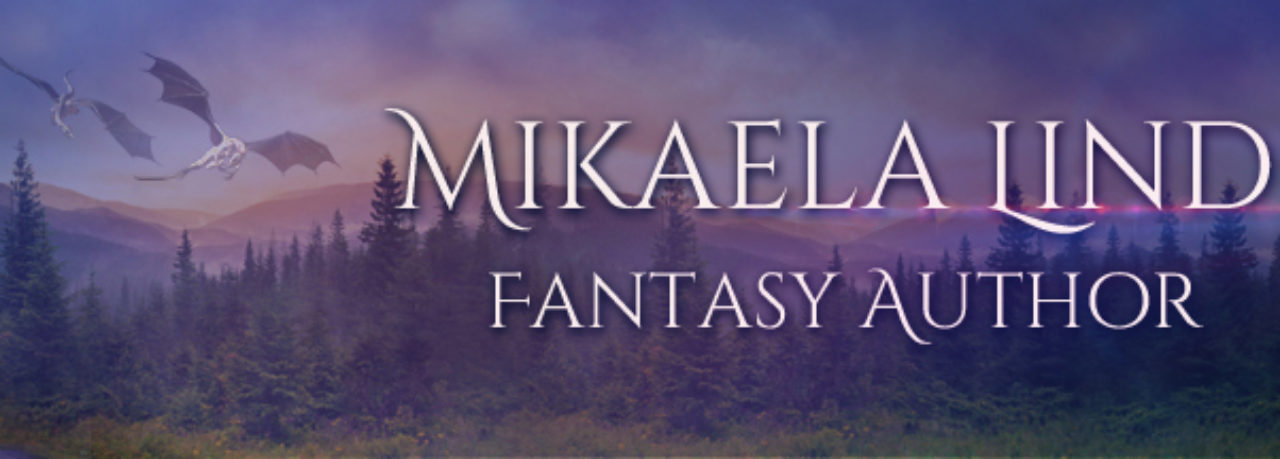During the middle ages (and before that, too) Swedish naming practices were very straightforward. While there were some exceptions, most people had the combination of father’s name+son/daughter. This was the tradition no matter which class you belonged to. Or at least that was the case for most persons. There were exceptions for both men and women.
Men that reached a certain position, or were appointed to one, often added that to their surname, simply to stand out among the others. It also happened that men added something from their shields to their name.
When it comes to women, it is much less known how common it was. I think it was pretty rare, even if it wasn’t entirely unheard of. Ingrid Ylva is one of the women, Sigrid Storråda is another ( though she is a bit earlier).
The naming system gradually changed by the 15th century all nobles had names like Gyllenstierna ( Goldenstar) or Lejonhuvud (lion’s head). There were other more simpler names too, but by the end of the 1600’s all of the noble families had names.
The Burghers gradually followed in the footsteps of the nobles and began to use family names. By the 1700’s a majority of them had family names. Often the names stemmed from their occupations, or a personality trait.
Priests had latinized surnames, and occasionally names, this tradition continued after Sweden had become Protestantic.
Farmers also adapted family names, but it was slower and more irregular. Most of them kept the -son and -dotter names, but some of them took the names of their farmsteads as their surnames. The traditions were different all over the country, though.
That said, no matter which class you belonged to or where you lived, a child was never, ever given the surname of Mother+daughter/son. The reason for this is because it told everyone that your child was born out-of-wedlock. There were different strategies to avoid this from happening. If you were betrothed, you could marry your fiancé before the children arrived. If you were unmarried, you could let someone adopt the child, or you could foster it. Or, if you had a high status, you could keep the child. During the 1600’s and 1700’s it is known that several noble families had names that they used for illegitimate children. I have no idea how it was before the 1600’s, though.
